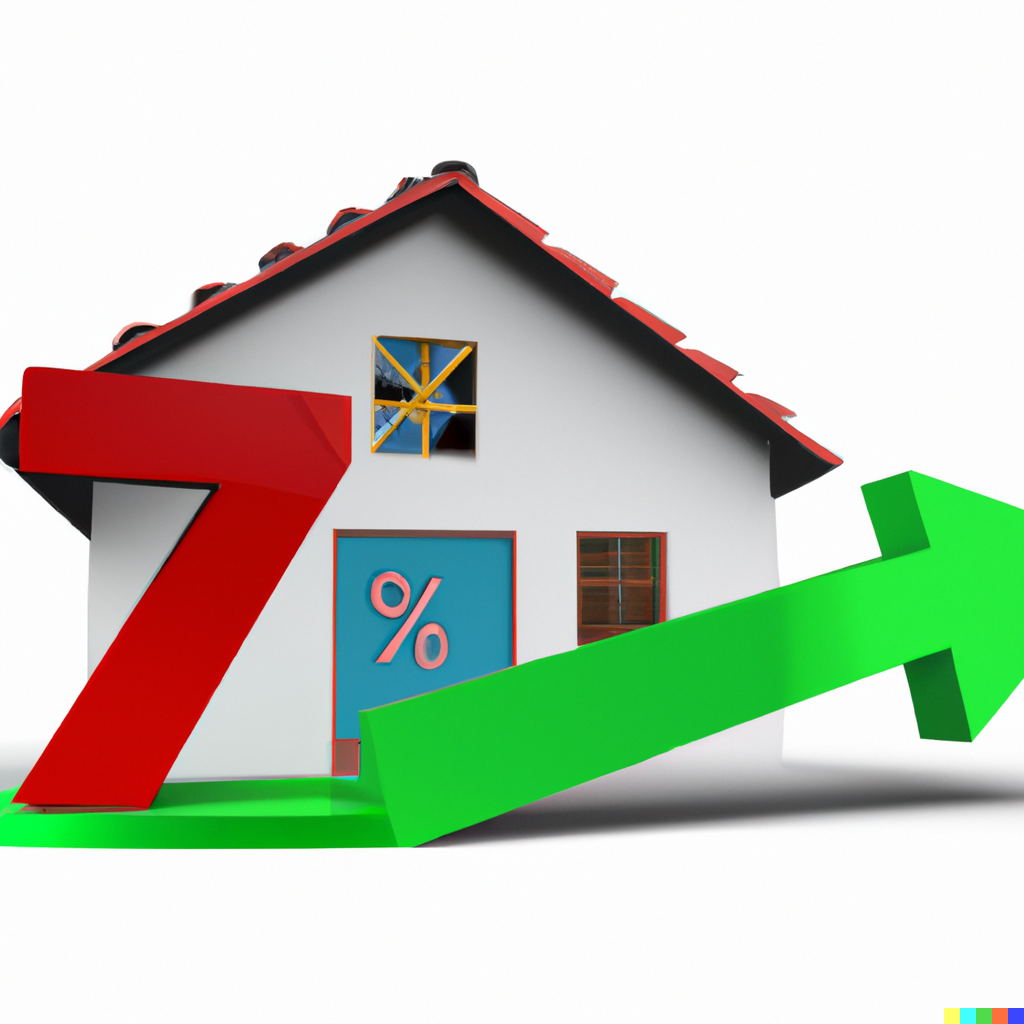In the realm of personal finance, there are few decisions as impactful as managing a mortgage. For most homeowners, a mortgage represents a significant portion of their financial commitments. When interest rates shift, it’s essential to be proactive and consider the potential benefits of refinancing. In this blog post, we’ll explore the scenario of refinancing a $700,000 mortgage with a 7% interest rate, just as rates drop to 6%. Join us as we delve into the world of mortgage refinancing, uncovering how this strategic move can help you save substantial amounts of money in the long run.
Understanding Refinancing
Refinancing a mortgage involves obtaining a new loan to replace an existing one, often with the intention of securing a lower interest rate. In our hypothetical scenario, a homeowner has a $700,000 mortgage at a 7% interest rate. This translates to an annual interest payment of $49,000. However, with interest rates now falling to 6%, there’s a golden opportunity to explore refinancing options and potentially reduce the financial burden.
Crunching the Numbers
To fully understand the potential savings, let’s break down the numbers. A 1% difference in interest rate might seem insignificant, but over the life of a mortgage, it can add up to a substantial sum. At 7%, the annual interest payment on a $700,000 mortgage is $49,000. However, at the new rate of 6%, the annual interest payment drops to $42,000. This amounts to a yearly savings of $7,000.
Over a 30-year mortgage term, this seemingly small reduction in interest rate can lead to enormous savings. The total interest paid over the life of the mortgage at 7% would be around $840,000. However, at 6%, the total interest paid drops to approximately $630,000. This difference of $210,000 showcases the incredible potential of refinancing in a lower interest rate environment.
Factors to Consider
While the savings potential is enticing, refinancing isn’t a one-size-fits-all solution. It’s crucial to take into account several factors before making a decision:
- Closing Costs: Refinancing typically involves closing costs, which can range from 2% to 5% of the loan amount. It’s important to calculate how long it would take to recoup these costs through the lower monthly payments.
- Loan Term: Refinancing may also change the term of your loan. Moving from a 20-year loan to a 30-year loan, for instance, could lead to lower monthly payments but might increase the overall interest paid in the long run.
- Credit Score: Your credit score plays a significant role in determining the interest rate you’ll receive on a refinanced loan. Make sure your credit score is in good shape before considering refinancing.
- Future Plans: Consider how long you plan to stay in your current home. If you’re planning to move in a few years, the savings from refinancing might not outweigh the closing costs.
Conclusion
Refinancing a mortgage is a strategic financial move that can lead to substantial savings over the long term. In the scenario where a $700,000 mortgage with a 7% interest rate is refinanced at 6%, the potential savings amount to a staggering $210,000 over the life of the loan. However, careful consideration of factors such as closing costs, loan terms, and future plans is essential before making a decision. With interest rates constantly fluctuating, staying informed and proactive about your mortgage can help you make the most financially sound decisions for your future.

 Facebook
Facebook
 X
X
 Pinterest
Pinterest
 Copy Link
Copy Link


